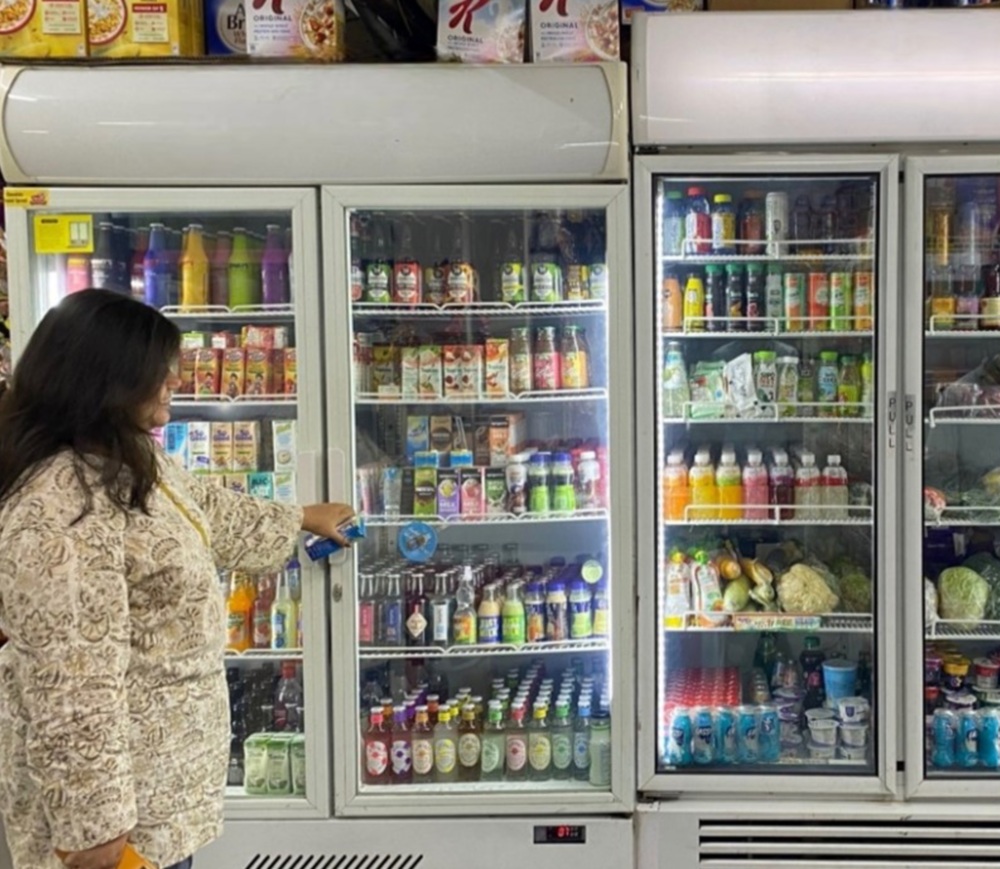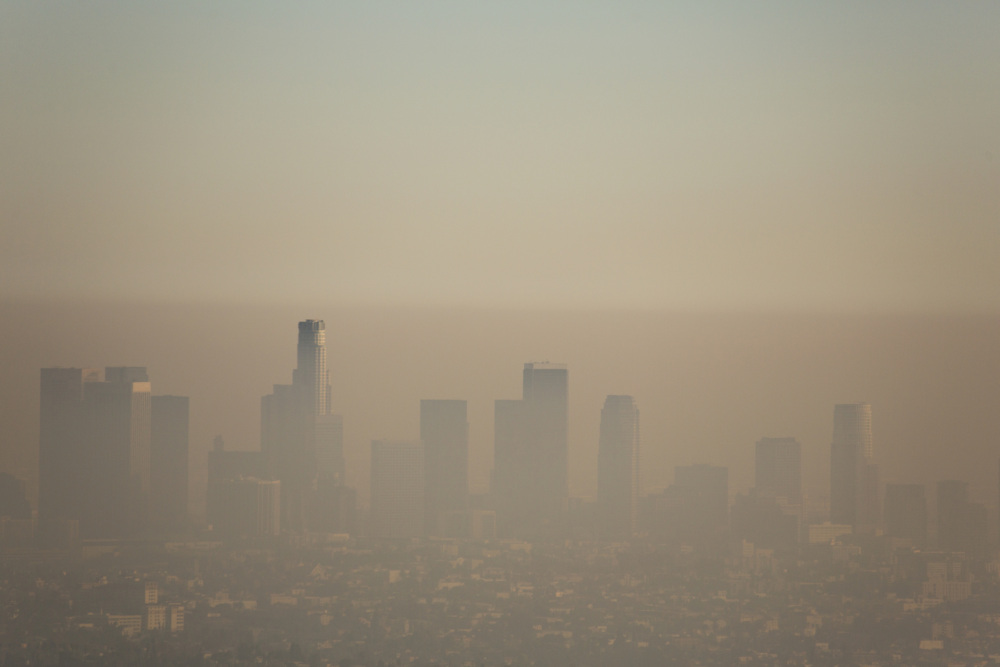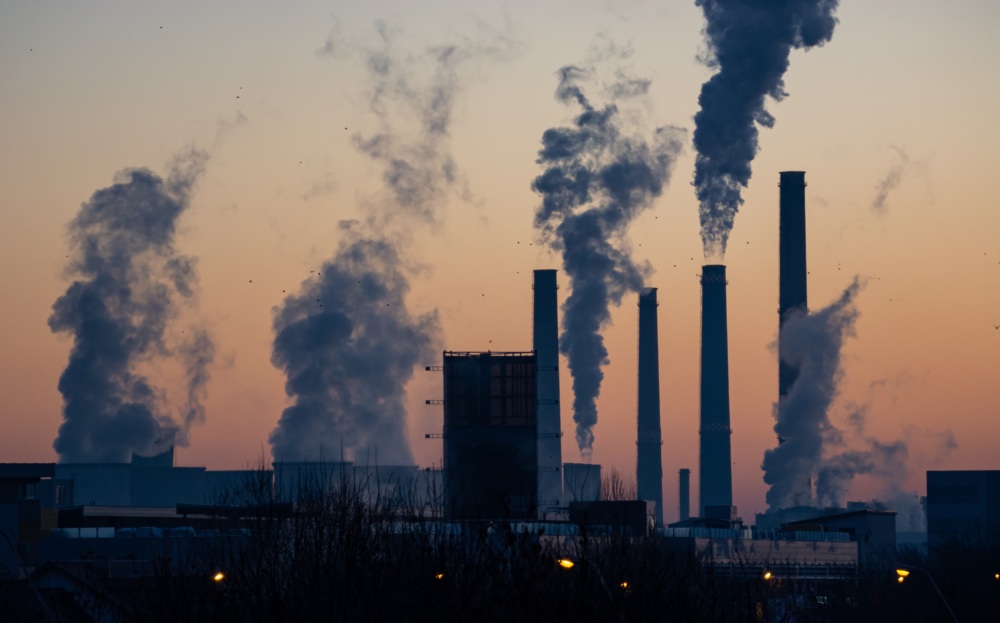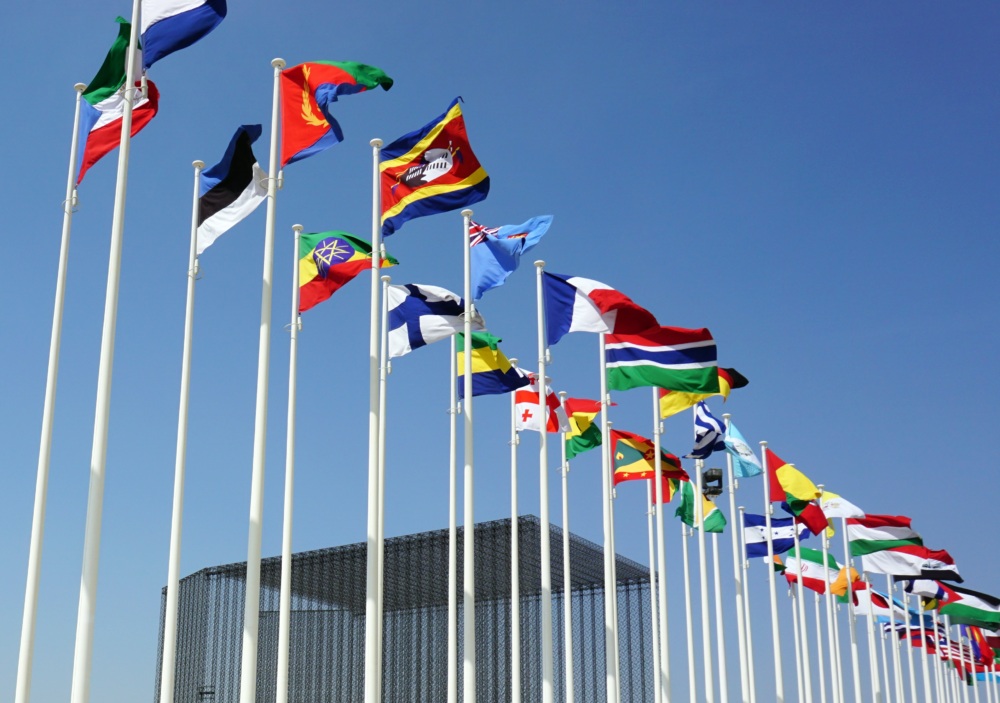How Many Years Does It Take the European Commission to Change a Toxic Lightbulb?
Summary
CLASP recalculated the effects by country of the Oeko-Institut data for a two-year delay on toxic, fluorescent lighting phase-out in the EU. The data shows significant costs to European citizens in terms of excess energy use, increased pollution, and higher cost to consumers.
The European Union regulates the use of toxic materials including mercury through its Restriction of Hazardous Substances (RoHS) Directive, which includes exemptions for certain mercury-based lighting products. In June 2021, the Commission published draft initiatives to eliminate these exemptions for mercury in certain lighting products by 2023.
CLASP revisited data from a 2020 Oeko-Institut analysis to update the potential savings under the later phase-out date, and to calculate the costs of this ongoing delay at the country-level. We looked at the financial, environmental and health impacts of a two-year delay (to July 2023)—finding significant costs to European citizens in terms of excess energy use, increased pollution and higher cost to consumers.
With two-year of regulatory delay to July 2023, Europe loses €12.23 billion in cost savings due to excess energy use and adds 1056 kg to its mercury pollution burden. As the delay lengthens, the cost goes up.
- Excess energy use: 120 TWh of lost electricity savings, or about equal to the annual electricity consumption of the Netherlands
- Financial cost: €12.23 billion savings lost over two years; €487 million savings lost per month; €16.2 million savings lost per day
- Increased pollution: 1056 kg of additional mercury pollution from lamps over two years
CLASP further analysed the country and individual-level cost of the continued use of inefficient, mercury-based lighting in terms of cost, continued mercury pollution, carbon dioxide emissions, and excel electricity use. We found that the four largest economies – Germany, Italy, France and Spain represent 77% of the lost savings and 63% of the lost mercury savings.









